
8 minute read
STONE ART
Covid
A SELECTION OF STONES AND A FEW IDEAS INSPIRED BY NATURE HAS KEPT GORDON D’ARCY BUSY DURING COVID
What did you do during Covid? Hunkered down no doubt. Paradoxically, it has also been an opportunity to get out into nature – within safe limits of course. The out of doors has never seemed so important, for our sanity as much as anything else. It’s amazing how nature gently imposes itself on us when we expose ourselves to it. We start noticing things – the landscape profile, the changing sky – that we had previously taken for granted. Back at home we find earlier negatives replaced by positives – enthusiasm, inspiration.
Technology has not been slow to play its part in offering outlets for our inspiration. The Heritage Council, Waterways Ireland and various environmental groups have, through online platforms, prompted nature-inspired essays, poems and visual contributions such as photos or short videos.
The lockdown provided me with an opportunity to do something different. Confined to Inch in Co. Kerry, I began to paint images from nature on cobble-sized stones collected from the beach. Starting innocently enough, I painted one-off examples of shore wildlife but like many fun activities, it soon became a routine. Every day after a field outing, I returned to the house with a stone and an idea. The smooth-surfaced Old Red Sandstone was ideal.
I found that variation in shape was not a disadvantage as it frequently lent itself to a particular species or theme. Originally the emphasis was on birds but gradually plants, shore creatures and even coastal scenes found their way into the artwork. I used watercolour pencil, oil pastel and acrylic paint.
By the time the restrictions had been relaxed, I had completed 27 stone/art pieces which I decided to leave for the absent house owners (I hope they like them!). Their conservatory had become both a studio and a gallery.
In response to suggestions, I posted the images on Instagram and to my delight, collected an opinionated following. Though quite unlike anything I had done before, the project was well received. The month-long exercise had been enjoyable and worthwhile and Covid had been kept at bay.
On returning home to the edge of the Burren I decided to continue with the enterprise, on the theme of the Burren’s wildlife and landscapes. Given the time of the year, I decided upon autumn and winter wildlife – a rich source of inspiration, often overlooked by nature enthusiasts to the region. My cobble-stone ‘canvases’ were now wave-smoothed Carboniferous limestones (the rock of the region) collected from a nearby storm beach.
Again, fun was to be had critically examining the stones for their suitability for a particular theme or species. Small pit holes (made by tiny marine invertebrates), marring otherwise suitable stones, were unscientifically sealed using beads of Blu Tack. Thankfully, such blemishes vanished with the art process.
The subjects chosen were mostly drawn from the flora and the wide range of fauna found in the Burren. So significant species of birds and mammals were depicted along with lesser known but representative species like the carline thistle, certain shrubs, even an amphibian and reptile or two and the lesserhorseshoe bat.
The series was completed with a number of spectacular birds and mammals known to have become extinct in the region mainly due to human pressure. However, no depiction of the Burren would be complete without reference to the landscape and the regionally distinctive human artefacts constructed from the local stone.
The final display of 57 pieces – another two months of work – is now decorating the ledge in my own conservatory. Displayed on Instagram, I looked forward to the daily feedback from my followers. Thankfully, most of this was complementary but remarks about a lack of sharp definition of some of the images needed to be addressed. As I stated, this was intentional. I did not want the stone to look like it was ‘painted on’; rather I was interested in the idea of the image ‘emerging’ from the stone. To this end I abandoned acrylic paint and used only colouring pencils and pastels.
How have you been coping with Covid? No doubt some of you will have been inspired to try your hand at a creative exercise of your own. We all have it in us in some form or other. Why not have a go at the stone art and perhaps involve the children too? For me, the stone art was a trip into new territory. Nor have I arrived. A new stone art theme has presented itself, which hopefully, will occupy me to the end of Covid. If you are curious or would like to join me on the journey, you can check it out on my Instagram @ gordondarcynature.
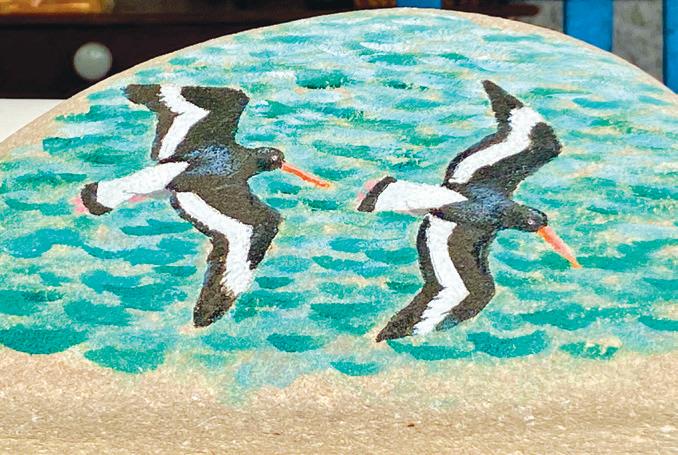
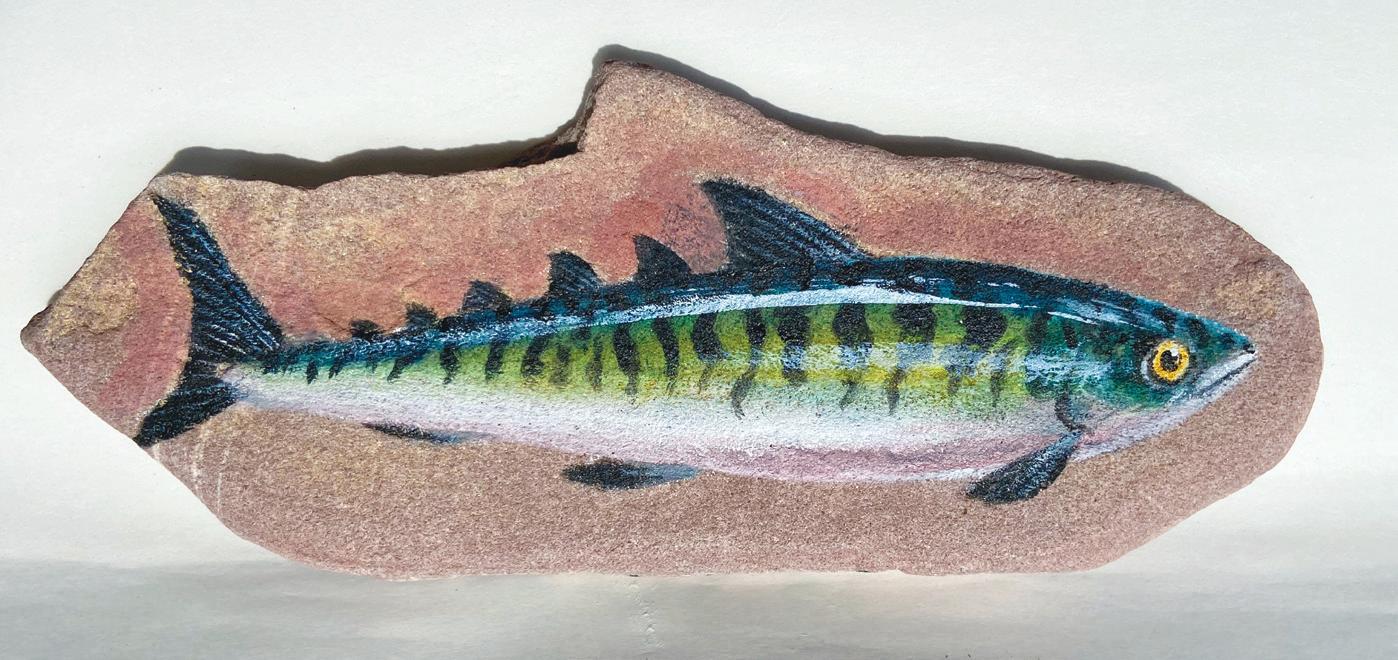
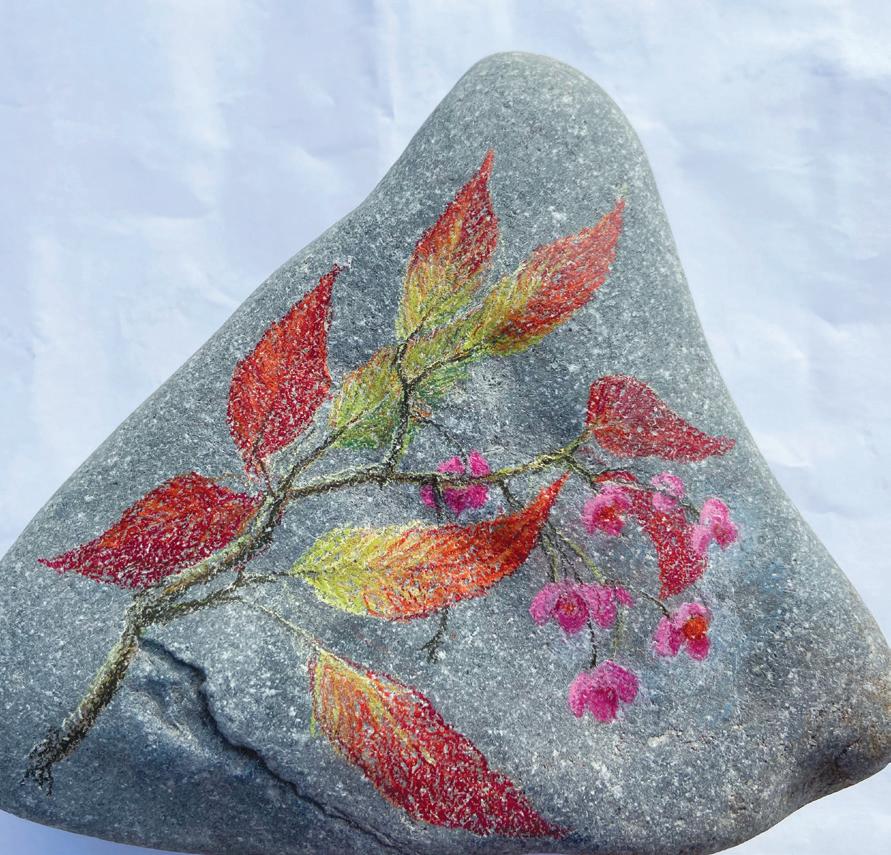
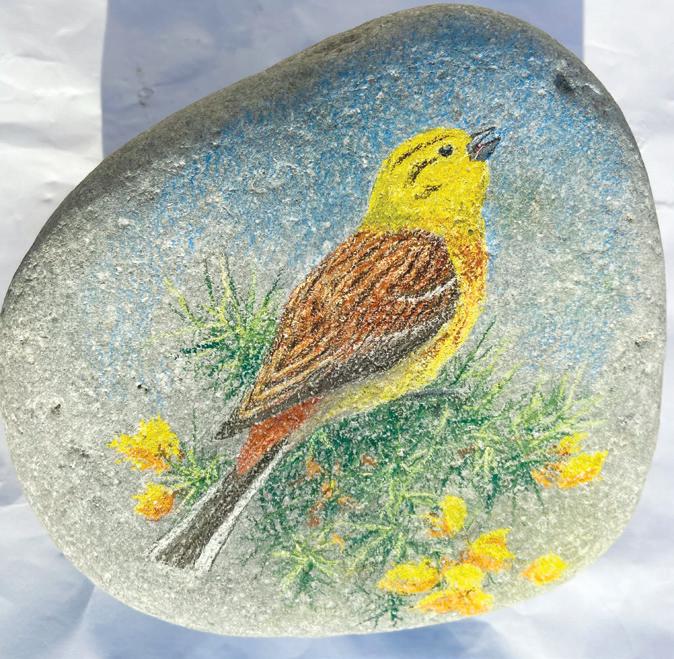

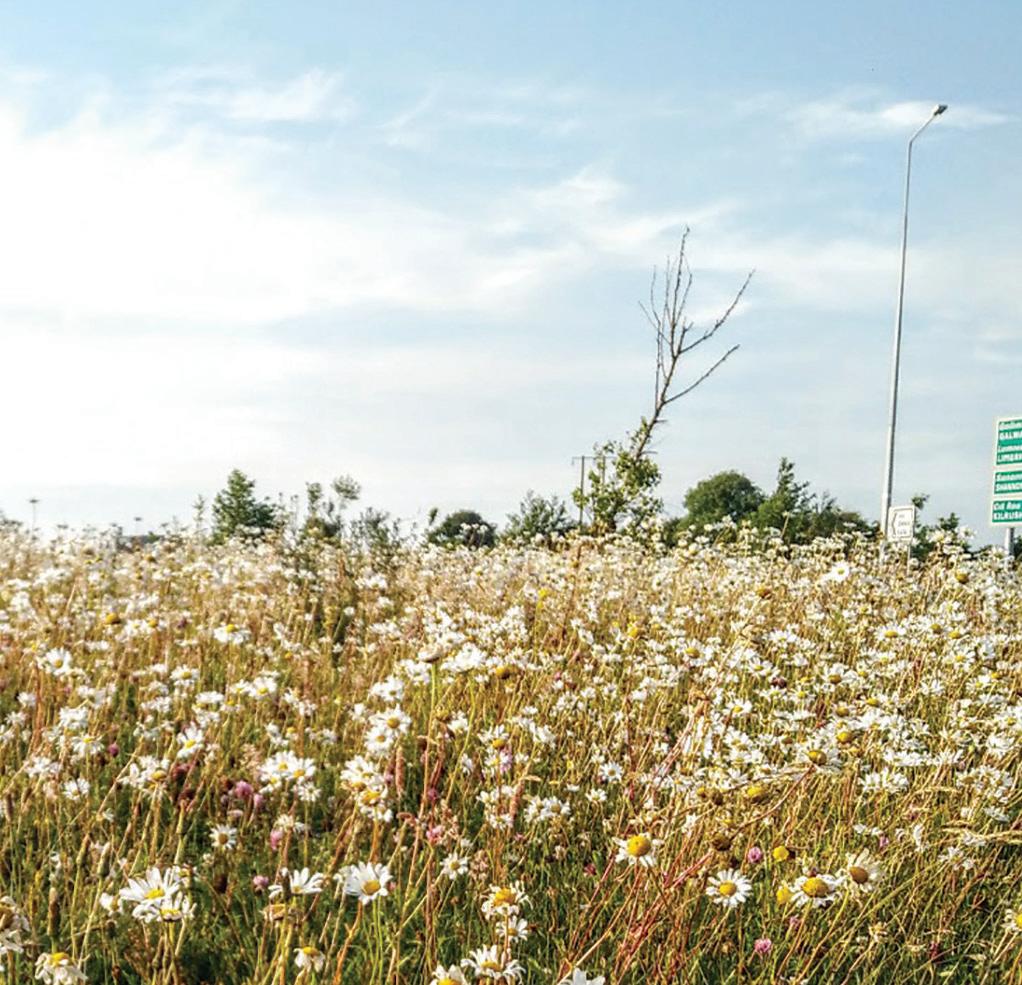

It’s difficult to believe how much the world can change in a calendar year. Twelve months ago, almost all talk in the media was on Brexit and its potential ramifications. Little did we know that 2020 would go down in history for very different reasons.
For some people, their interests, hobbies and passions had to be entirely put aside. For others, their work was curtailed or restrained. If you’re a committed Tidy Towns volunteer, what you do in and for your community is all of the above combined. There are almost 1,000 Tidy Towns groups around Ireland and their beneficial impact on our common environment is huge.
This isn't just on tackling litter or prettifying streetscapes. Tidy Towns has become the leading voluntary environmental movement on this island and there are huge biodiversity benefits too as one of the eight categories is Nature and Biodiversity in Your Locality. The author was interested to know how Tidy Towns groups managed to continue their work on local biodiversity projects in the face of the restrictions that have been imposed since last March. A chat with volunteers from some of the leading Tidy Towns groups found that they’d managed very well indeed.
In Ennis, Co. Clare, the lockdown meant fewer work nights but it also allowed them time to put together a very involved funding application to LEADER. This has resulted in them being the first community group to purchase their own ‘zero-grazer.’ This is a piece of agricultural machinery that removes cuttings, rather than mulching them and has allowed Ennis Tidy Towns to maintain 80% of their roundabouts and much of their verges in a wildflower-friendly way. They have also calculated that they have made huge emission reductions thanks to their less intensive management regimes. You can follow some of the story on www.pollinators.ie.
Away from their pollinator-friendly roundabouts, they have also been at the desk, developing ‘Everyday SDGs' - embedding the seventeen Sustainable Development Goals (SDGs) into what this group does as part of its work. Like so much of their work, Ennis Tidy Towns is sharing this far-looking project with other groups around the country.
Way down south, Cobh Tidy Towns has kept the flag flying for biodiversity. Their work has been restricted, admits Margaret ‘Moggy’ Somers, but they never stopped. They replaced lots of ‘useless for wildlife’ ornamental plants with pollinator-friendly perennials along their ‘Five-Foot Way.’ They also created a community orchard along this walk (it’s a lot longer than five feet!) as well as a new mural of native butterflies that may be seen here. This project, Cobh volunteer Ruth reckons, got a lot of people through Lockdown. You can see some of the amazing work that they have done here on www.cobhtidytowns.ie or on their Facebook page.
You’ll also see their Cuinne an Ghiorria (The Hare’s Corner) Nature Notes from The Great Island and their links to Cuskinny Marsh Nature Reserve. They’ve used some of the ‘down time’ to work on their social media, says Ruth, and their signage too. One of the upsides is that people seem to be more aware of how much the Tidy Towns group does than before. Perhaps people are taking more time to look around and properly take in their environment. If they did, they’d have been surprised to see strawberries growing in repurposed oil barrels - one of the new features of the Five-Foot Way in 2021.
Up north and nearly on the border that Monaghan shares with Armagh, Glaslough Tidy Towns have also been keeping busy. But you’d expect that from the reigning champions who, despite being the only group since 1967 to hold the title for two years running, have not rested on their laurels. They managed to squeeze a ‘real-life’ Bio-Blitz into a period of lockdown relaxation, as their Chairperson Louise Duffy put it. Somewhere in there they also managed to convert the open lawns of their biggest housing estate to wildflower meadows.
They have also leaned heavily on social media and use this to remind residents to keep feeding the birds and to hold an online poster competition for school-goers. A pollinatorthemed float never got its outing last St Patrick’s Day but their wildflower garden and allotments could all be looked after at a safe, if not terribly social distance.
Although all of the groups have different challenges and aspirations, they were all united in their commitment to biodiversity in their hometowns. If six pages were allowed for this article, we’d still be leaving out some of the projects that these groups undertook over the last year. Wildlife in many communities has champions that will be coming out fighting when the bell finally rings.












